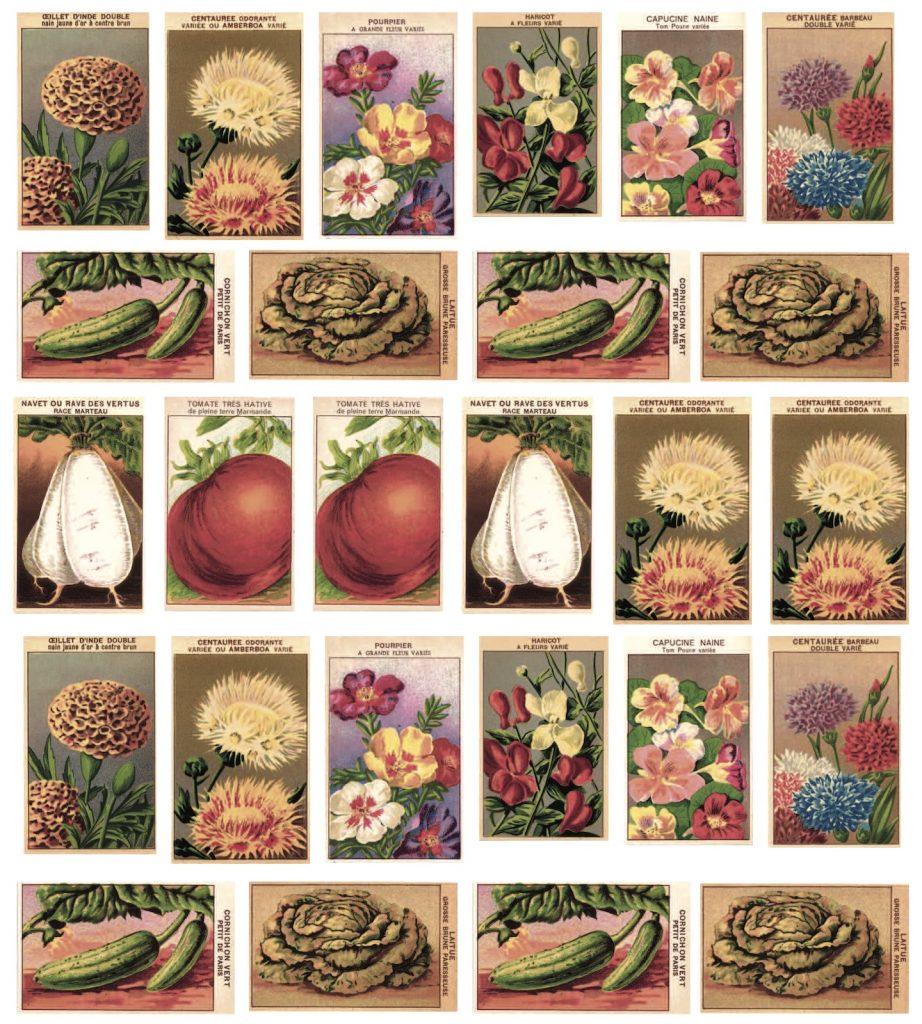Early February marks the midpoint between winter solstice and the vernal equinox. Outside, the thick sap tide of spring is on the rise, swelling plump buds of coastal plum and wild currant. In the ancient Celtic calendar of Old Europe, February 1 was traditionally dedicated to Brigid, the Gaelic goddess of poetry, smithcraft, and healing. On this feast of waxing light, new fire was kindled for fresh inspiration, and the growing year began anew. Predating Groundhog Day by centuries, on the feast of Brigid Irish farmers studied the frozen earth for a sign of serpent or badger emerging from their underground dens to herald the birth of spring.
I live on the seam line of agrarian organic farming and engaged Zen meditation practice, northern California style. Last February at Green Gulch Farm Zen center, the onset of spring was celebrated with a communal seed-sowing ceremony held at daybreak in the cold farm-fields of the gulch. Bowls of ripe seed were arrayed in a colorful arc around deep flats of fertile soil. Incense was offered as the assembly sowed in mindful silence. A modern incarnation of Brigid, farm manager Sarajane Snyder closed the celebration with her Zen invocation to seeds.
Earth inhales winter and exhales
spring…
On this day of seed sowing
We sow in the name of life,
In the name of interconnectedness,
In the name of all beings.
Now, a year later, Sarajane’s seed invocation card rests in the Buddha’s lap out in our funky home greenhouse. A significant portion of the card has been digested by a ravenous winter snail seeking refuge in the dilapidated greenhouse. The doors of this propagation palace have been wrested off their flimsy hinges by ill-tempered winds. The entire structure is held together by brightly bannered belts of Tibetan prayer flags encircling its wobbly girth. Inside there is not a square inch of bare shelf space. Flats bulge with native plant divisions, rooted strikes, and wildland seed. Potted on the floor are 10 varieties of yearling heritage apple trees, ready to plant once the ground is dry enough.
I am a mad propagator thinly disguised as a mindful Zen meditator. In my almost four decades of practice, I have seen a precipitous decline in the diversity and availability of sustainably grown seed for organic farmers to grow and share. Connected to this decline is an increase in the global use of pesticides and chemical fertilizers that drain the soil’s health and vitality. In 1975, when I first began to sow flower and vegetable seeds for the huge gardens at Green Gulch Farm, there was a significantly greater range and variety of seeds available than I now have access to. Of the varieties of seed crops grown 100 years ago, 97 percent are now extinct.
When I pick up a handful of raw seed and prepare to sow, my hands sweat. I remember the poem “Sunflower,” by Rolf Jacobsen. The poet asks,
What sower walked over earth,
which hands sowed
our inward seeds of fire?
Holding good seed, I remember that 10 multinational corporations own and control more than half of the commercial seed market today. I also remember that these same corporations own 100 percent of the market for genetically modified organisms. And I remember that when only a few multinational corporations own patents on seeds, seed-saving soon becomes illegal. Human health, nutrition, and biological diversity then decline, and so does human imagination.
Fortunately, seeds are strong. Grown well, they fan the fire of inward commitment. In this February season, as the earth exhales spring, here are some basic suggestions for growing seed:
• Commit to planting and harvesting some portion of your garden by drawing on local seed sources grown within 50 miles of your home. This is an excellent way to get to know your neighbor who plants that hardy strain of dark red mustard—go next door and ask him for a handful of that seed and for his favorite pickling recipe.
• When you purchase commercial seed, support small independent seed companies that grow their seeds organically and follow the international Safe Seed Pledge.
• Resist introducing genetically modified organisms into your body or the body of your garden. These transgenic organisms have not been sufficiently tested to gauge their true impact on life.
• Be sure to plant some seed of heavy nectar- and pollen-producing flowers in order to feed the beneficial insect and pollinator population that frequents every home garden.
• Mark the first seed sowing of your gardening year with a simple ceremony, and when the harvest is gathered at the close of the growing season, plan a feast. Invite a perfect stranger to come to the table with your family and friends. Include a bowl of your favorite ripe seed for everyone to take home and sow next season in the name of life, in the name of interconnectedness, in the name of all beings.
Thank you for subscribing to Tricycle! As a nonprofit, we depend on readers like you to keep Buddhist teachings and practices widely available.
